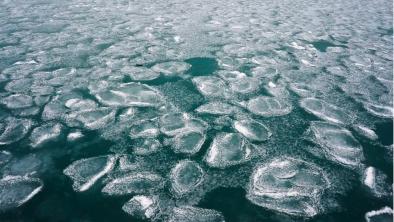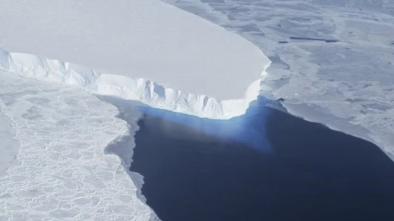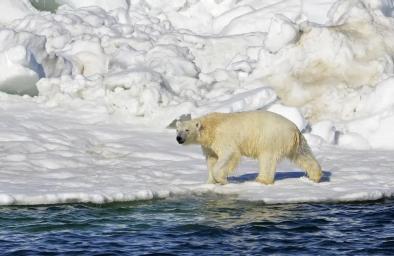Arctic ice sets speed limit for major ocean current

The Beaufort Gyre is an enormous, 600-mile-wide pool of swirling cold, fresh water in the Arctic Ocean, just north of Alaska and Canada. In the winter, this current is covered by a thick cap of ice. Each summer, as the ice melts away, the exposed gyre gathers up sea ice and river runoff, and draws it down to create a huge reservoir of frigid fresh water, equal to the volume of all the Great Lakes combined.
Scientists at MIT have now identified a key mechanism, which they call the “ice-ocean governor,” that controls how fast the Beaufort Gyre spins and how much fresh water it stores. In a paper published today in Geophysical Research Letters, the researchers report that the Arctic’s ice cover essentially sets a speed limit on the gyre’s spin.
In the past two decades, as temperatures have risen globally, the Arctic’s summer ice has progressively shrunk in size. The team has observed that, with less ice available to control the Beaufort Gyre’s spin, the current has sped up in recent years, gathering up more sea ice and expanding in both volume and depth.
If global temperatures continue to climb, the researchers expect that the mechanism governing the gyre’s spin will diminish. With no governor to limit its speed, the researchers say the gyre will likely transition into “a new regime” and eventually spill over, like an overflowing bathtub, releasing huge volumes of cold, fresh water into the North Atlantic, which could affect the global climate and ocean circulation.
Related Content





